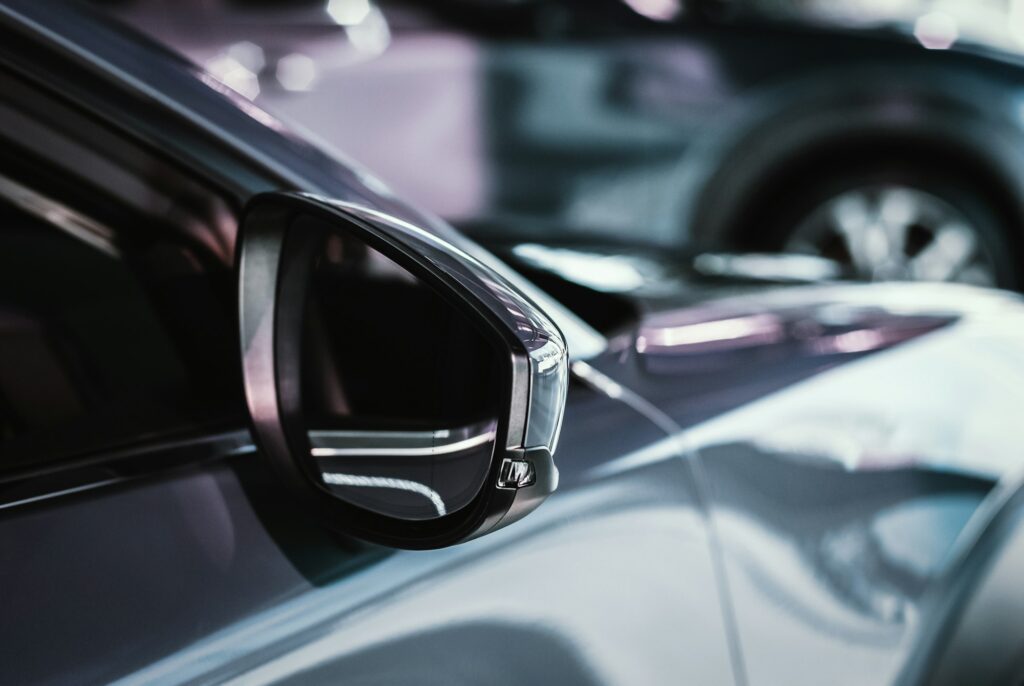What Does It Mean to Be Upside Down on a Car Loan?
If you’re confused about the term “upside down” when it comes to car loans, don’t worry – you’re not alone! Being upside down on a car loan simply means that you owe more money on the loan than the car itself is worth. This can happen for a few different reasons, such as if you financed the car for a longer term or if you made a small down payment. Whatever the case may be, being upside down on a car loan can have some consequences that you should be aware of.
Consequences of Being Upside Down on a Car Loan
Being upside down on a car loan can be a little tricky to understand, so let’s break it down. When you first buy a car, it starts to lose value almost immediately. This is called depreciation. So, if you owe more on your car loan than the car is actually worth, it means that if you were to sell or trade in the car, you would still owe money on the loan even after you get rid of the car.
Not only does being upside down on a car loan make it difficult to sell or trade in your car, but it can also affect your finances in other ways. For example, if you were to get into an accident and your car gets totaled, the insurance company will only pay you the current market value of the car. If that amount is less than what you owe on your loan, you’ll be responsible for paying the remaining balance out of pocket.
What Can You Do If You’re Upside Down on a Car Loan?
Being upside down on a car loan might sound like a daunting situation, but there are a few things you can do to help improve your financial standing:
Continue Making Payments
One option is to continue making your monthly car loan payments as scheduled. Over time, the amount you owe will decrease, and eventually, you’ll be right-side up on your loan. Keep in mind, though, that this method can take some time and patience.
Pay Off the Loan
If you have enough savings or extra income, you can consider paying off the remaining balance on your car loan. By doing so, you’ll immediately own the car outright, and you won’t have to worry about being upside down anymore. However, paying off a large sum of money all at once may not be feasible for everyone.
Refinance Your Loan
Another option is to refinance your car loan. This means getting a new loan with better terms and using it to pay off the existing upside-down loan. Refinancing can potentially lower your monthly payments, extend the loan term, or even reduce the interest rate. It’s important to carefully consider the terms and fees associated with refinancing to make sure it’s a good financial decision for you.
Consider Trading In the Car
If you’re really struggling with an upside-down car loan, trading in your current car for a less expensive one might be an option to explore. Although it won’t solve the problem entirely, it can help reduce the amount you owe so that you’re not as upside down on the new loan.
What Dealerships Need to Understand
Dealerships are aware that being upside down on a car loan is a common issue among car owners. To better assist their customers, dealerships should be knowledgeable about the options available to those who are upside down on their loans. By understanding the consequences and possible solutions, dealerships can provide guidance and support to help their customers make informed decisions.
In conclusion, being upside down on a car loan means owing more on the loan than the car is worth. This situation can have consequences when it comes to selling or trading in the car, as well as potential financial risks. However, by continuing to make payments, paying off the loan, refinancing, or considering a trade-in, you can work towards resolving the issue. Dealerships should be aware of this common problem and provide necessary information and support to customers facing this situation.
Please rate this post

With over 20 years of experience in the car business, I’ve navigated the evolution of the industry from traditional sales to the dynamic digital age. My journey through various roles in both sales and management has endowed me with a unique perspective on the challenges and opportunities in automotive sales today.
As the founder of Shawn Ryder Digital, I combine my extensive background in technology with my deep understanding of the automotive industry. This synergy allows me to craft digital marketing strategies that are not just effective but tailored to the specific needs of each dealership. My commitment is to drive your sales, enhance your brand awareness, and ensure your dealership thrives in the digital landscape.
Here at Shawn Ryder Digital, we’re not just about providing services; we’re about building partnerships. As I often say, “In the fast-paced world of digital marketing, staying ahead isn’t just an option; it’s a necessity.”
Together, let’s embrace the challenges of the digital age and turn them into opportunities for growth and success. Join me in redefining the future of automotive digital marketing. Let’s accelerate your dealership’s journey to the top.
